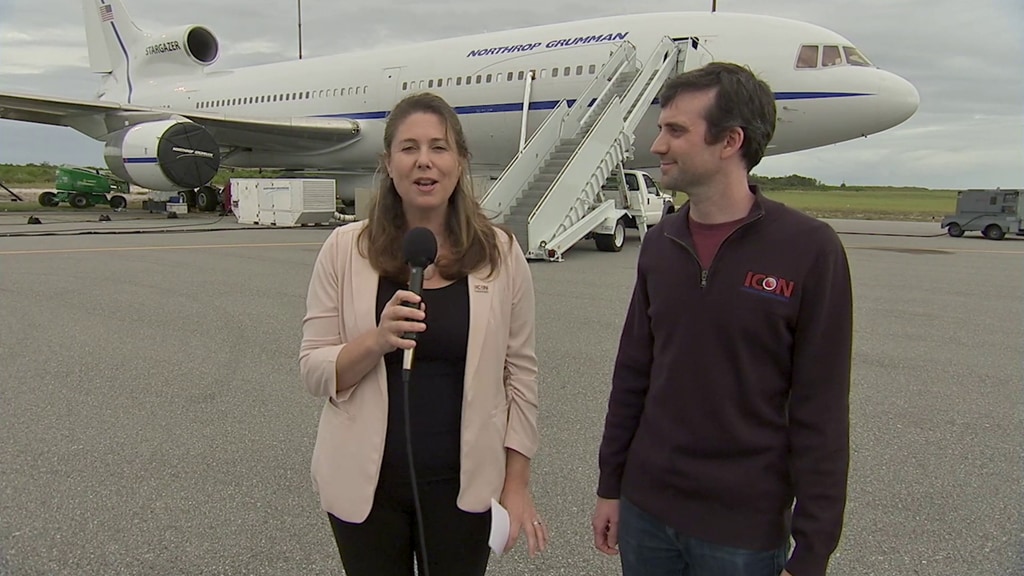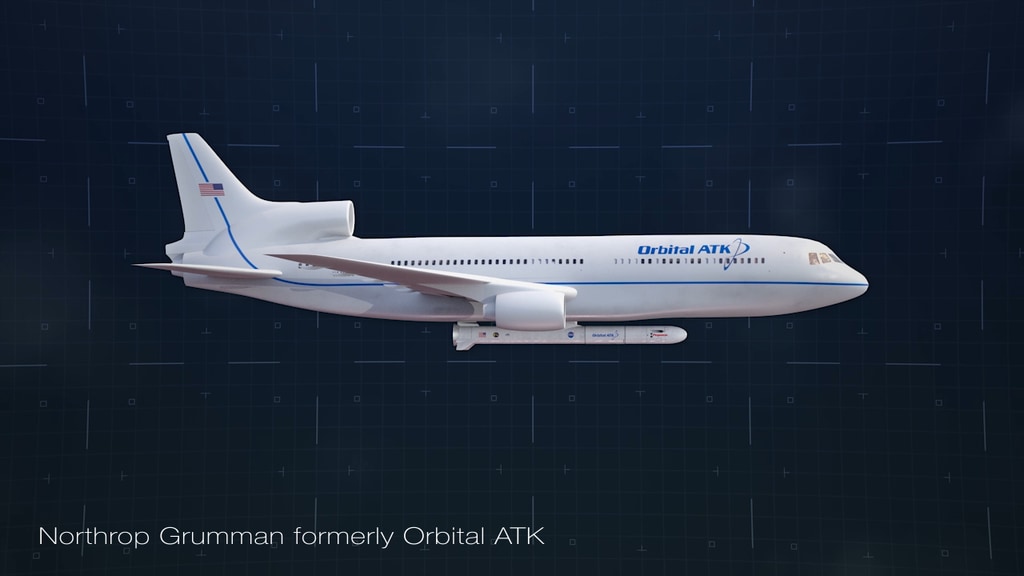ICON Pre-Launch Live Shots

B-roll and canned interviews will be added on Wednesday, Oct 24 by 6:00pm
What happens in space doesn’t stay in space. Where Earth and space meet, winds from weather patterns ripple upward while solar energy streams down from above, forming a complex system that affects everyday technologies we rely on.
Next week, NASA will launch the Ionospheric Connection Explorer (ICON) to study this dynamic region of Earth’s upper atmosphere, which is home to colorful auroras, communication satellites, and humans living aboard the International Space Station.
Join NASA scientists from 6:00 a.m. to 12:00 p.m. EDT on Thursday, October 25 – the day before launch – to learn about ICON and the ever-changing conditions in space, known as space weather.
To schedule an interview, fill out THIS FORM.
suggested questions
1. Just like the weather here on Earth, the conditions in space are constantly changing. What’s today’s space weather forecast?
2. From 360 miles above Earth, ICON will see beautiful bright swaths of red and green light in the atmosphere. What is this colorful glow?
3. How could ICON’s research help protect technology we use on Earth?
4. What else is NASA doing to study space weather?
5. Where can we learn more?
satellite coordinates
HD Satellite Coordinates for G17-K17/Upper: Galaxy 17 Ku-band Xp 17 Slot Upper| 91.0 ° W Longitude | DL 12049.0 MHz |Horizontal Polarity | QPSK/DVB-S | FEC 3/4 | SR 13.235 Mbps | DR 18.2954 MHz | HD 720p | Format MPEG2 | Chroma Level 4:2:0 | Audio Embedded
** Contact michelle.z.handleman@nasa.gov or 301-286-0918 with questions.
Interviews are located at Nasa Goddard Space Flight Center in Greenbelt, Maryland.
For more, follow @NASASun and nasa.gov/icon
Credits
Please give credit for this item to:
NASA's Goddard Space Flight Center
-
Producers
- Michelle Handleman (USRA)
- Haley Reed (ADNET Systems, Inc.)
- Marlee Baldridge (NASA/GSFC Higher Education)
- Courtney A Lee (NASA/GSFC Higher Education)
-
Technical support
- Aaron E. Lepsch (ADNET Systems, Inc.)
Release date
This page was originally published on Thursday, October 18, 2018.
This page was last updated on Wednesday, May 3, 2023 at 1:46 PM EDT.


![Complete transcript available.Music credits: 'Faint Glimmer' by Andrew John Skeet [PRS], Andrew Michael Britton [PRS], David Stephen Goldsmith [PRS], 'Ocean Spirals' by Andrew John Skeet [PRS], Andrew Michael Britton [PRS], David Stephen Goldsmith [PRS] from Killer Tracks.Watch this video on the NASA Goddard YouTube channel.](/vis/a010000/a012800/a012817/GOLDOverview_YouTube.00001_print.jpg)


